Assessments in the classroom take time. Which, to be honest, presents a problem during back-to-school season.
Let's start with a little math problem, shall we? We will assume the average class size is 25 students. In years past, I completed these assessments during the first 2 months in my first grade classroom:
- Letter Identification
- Letter Sounds
- Sight Word Inventory
- Developmental Spelling Analysis
- Hearing + Recording Sounds in Words
- Developmental Reading Assessment (DRA)
- Counting orally to 120 by 1s, 2s, 5s, and 10s
- State Writing Diagnostic Screener
- State Math Diagnostic Screener
- Writing Unit 1 Pre-Write
- Math Unit 1 Pre-test
Assessments: Do the Math
To make sure we are together here, that is 25 students x 11 assessments= 275 assessments to complete. Let's say the assessments take an average of 3 minutes each (emphasis on the average–some assessments take far more time—I'M LOOKING AT YOU, DRA). That is 800 minutes–AT LEAST– you are spending on assessments. That's almost 14 hours spent on assessments alone. In the first few days and weeks of school.
While I do an assessment with one student, what will the rest do?
Every year, I ask myself: What in the world will my other students do while I assess one kid at a time? There are 2 scenarios I envision:
1. What I wish would happen: The other students will sit quietly at their desks, hands neatly folded, engrossed in engaging activities I've painstakingly planned for them. They will wait patiently as I pleasantly spend my time getting to know the assessed student as a learner. We will breeze through the assessments and I will neatly collect the data in a matter of minutes. I'm basically the Mary Poppins of assessments here.

2. What will actually happen: The other 24 students will find every paper clip and staple that has ever been dropped in the history of classrooms and proceed to fashion sculptures and fake retainers (<–these will go in actual mouths). I will have no less than 89 bathroom requests, while about 12 little darlings sit and stare at each other, too nervous to make conversation, but not nervous enough to do the work I've placed in front of them. Approximately 17 students will be “done” in 5 minutes, and a line will quickly form at the assessment table. It's good times, people, amiright?

Are you sweating yet? GOOD. Because I have just the thing to lift your mood. After trying every method possible, I'm here to tell you I have found the best solution to this trip through Terror Town. Let's talk exploration stations.
Exploration stations: What are they?
Exploration stations are partner and group “stations” in which students get to freely explore classroom materials with the sole purpose of, well, exploring. I use the term station lightly, since the overall structure, schedule, and objectives of exploration stations are very lenient compared to the station system that will be implemented and utilized for the entire year. The goal of exploration stations in your classroom is twofold:
1. Students play now so they won't later: There are minimal restrictions on the use of these materials during exploration. This will work in your favor once you place the materials in actual math or literacy stations throughout the year; the urge to play and subsequently be off task will be less since they have already been exposed to these materials in a more flexible setting.
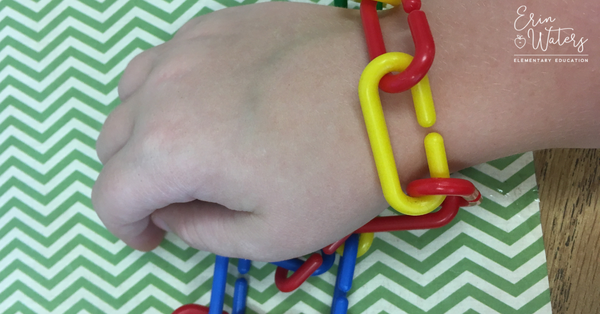
2. Rules and expectations are created: Through conversation and We Can charts, expectations are set about the proper use of the materials.
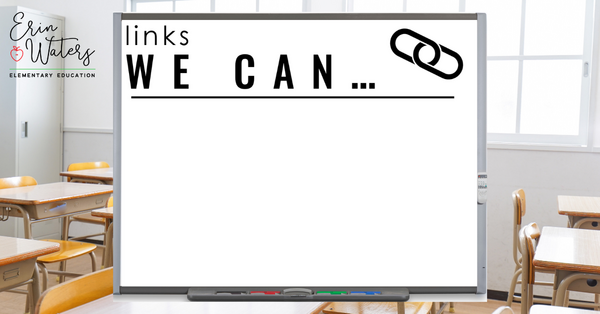
Here's the thing: I've always done exploration stations in my classrooms. As time went on, I consistently found the level of student engagement to be quite high and was continuously impressed at the amount of time students would spend in this engaged mode so early in the school year. Pair this with the fact that I was also continuously stressed out about finding time to assess, and I had one of the biggest “a-ha!” moments of my career: Why not implement exploration stations during my assessments?
Preparing for Assessment Exploration Stations
Grouping for Assessment Exploration Stations
Split your students into pairs. This is not the time for fancy academic groupings; simply pair students you think will work well together.
Classroom Set-Up for Exploration Stations
Ideally, the entire class would explore the same material at the same time, but I'm here to tell you I've never had enough materials for the entire class to use, SO, I suggest making 4 stations around the room in which you place a different material in each station. I've done it this way every year and find it doable and preferable. Here's a loose idea of what this might look like:
Implementing Exploration Stations
Introducing Assessment Exploration Stations Daily
As a whole class, briefly introduce the materials you will be exploring. I prefer to use the 5 W's to guide our introduction: Simply introduce the material and make your way through each question. This should be brief–5 minutes maximum.You may also choose to include these question prompts at the exploration station along with the materials. Older students and/or students who have had decent practice and modeling in a whole group setting may be able to complete these questions with their partner. I've done this both ways, it just depends on your crowd.
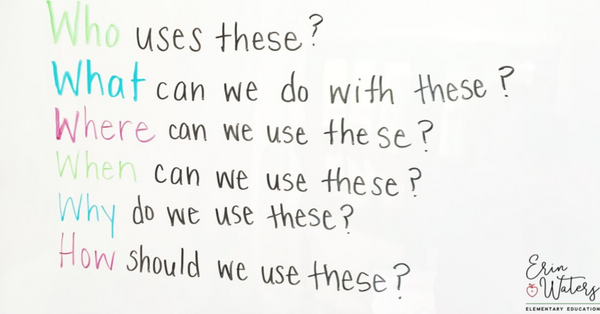
Student Expectations in Exploration Stations
Next, students will meet with their partners and go to their assigned station. I give partner pairs numbers; for example, Sara/Tommy, Pat/Cohen, and Khloe/Lukas, are all assigned 1's. 1's start at the snap cube station. Wherever students start, they continue in numerical order, moving from station 1, to 2, to 3, and so on.
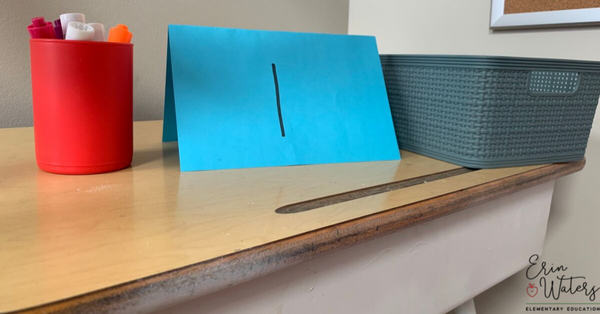
A simple tent card with the corresponding number and exploration materials suffices for a collection station.
Pairs will visit the station only to collect materials (I use cheap baskets from the Dollar Tree), then head to their own work spot to get started. Giving each pair of students a designated work spot is helpful. This spreads out the noise and encourages on-task behavior. It also creates a consistent expectation during these exploration days and is one less rule to dole out every time you start stations the first couple of weeks.

Students will spend anywhere from 10-20 minutes exploring their materials. During this time, students should interact with the materials in as many ways as possible. As they explore, students will record the various uses they discovered for their materials. You may choose to have them record their discoveries on paper or even a dry erase board, but this is not a requirement. Younger students may choose to illustrate the ways they are using the materials, whereas older students can create lists. I've found that 15-20 minutes per station is ideal.
Post-Exploration Station Reflection
An important reflective step in this process is to complete a We Can chart together as a class to set clear expectations about how (and how not) to use these materials throughout the year. It also gives the students ownership over the rules set forth for the classroom. Older students can also complete We Can charts with partners as part of their exploration time, but reflections should still be discussed as a whole class.

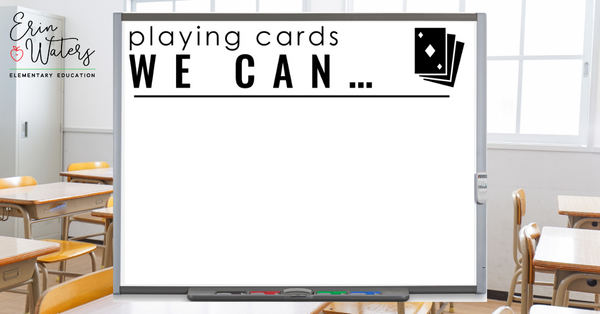
Once your students get the hang of this exploration routine, you will BREEZE through assessments like you've always dreamed. Once students have settled into the exploration routine, this is also a good time to introduce or review simple routines that might take place during actual station time; for example, how to ask to go to the bathroom, when you should and should not interrupt when the teacher is working with other students, etc.
This is ALSO a good time to hand out Dojo points like they're going out of style, because, well, bribery motivation.

I can't complete this post without mentioning one of my most treasured classroom staples: work mats. Work mats are larger than average pieces of paper that provide a clear-cut workspace for students. I prefer to laminate sheets of scrapbook paper and keep them year round in our math area. This gives students a clear boundary for rolling dice, stacking cubes, rolling Play-Doh, etc. This way, your classroom doesn't become the American Ninja Warrior stadium of math manipulatives and school supplies. Also a bonus–the laminated surface doubles as a dry erase tool if needed.

Exploration Stations: The Gift That Keeps On Giving
Exploration stations aren't JUST For back-to-school
You can do these stations throughout the year. I encourage you to revisit them when you begin a new unit where new materials are involved or for a refresher when students are not using materials correctly. These are also GREAT during mid-year assessments and end-of-year assessments.
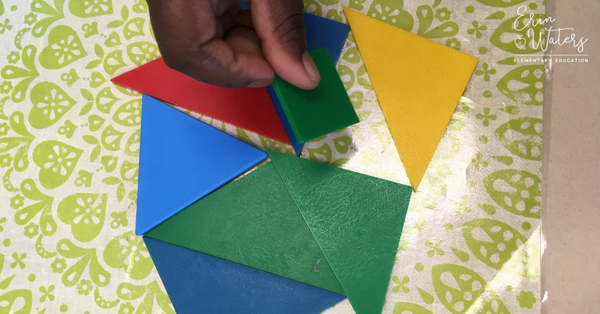
Using We Can charts all year long
You can keep the charts in a binder or in a PowerPoint file. You can refer to them throughout the school year. Your class will revisit charts to reinforce rules. In addition, students will revise charts as they complete mid-year exploration stations and the students' skills grow and advance.
To grab your free We Can charts (editable!), click the image below!
The bottom line: let your students explore materials first so they won't fool around later. Schedule exploration time during assessments so the students are engaged and you can be productive!

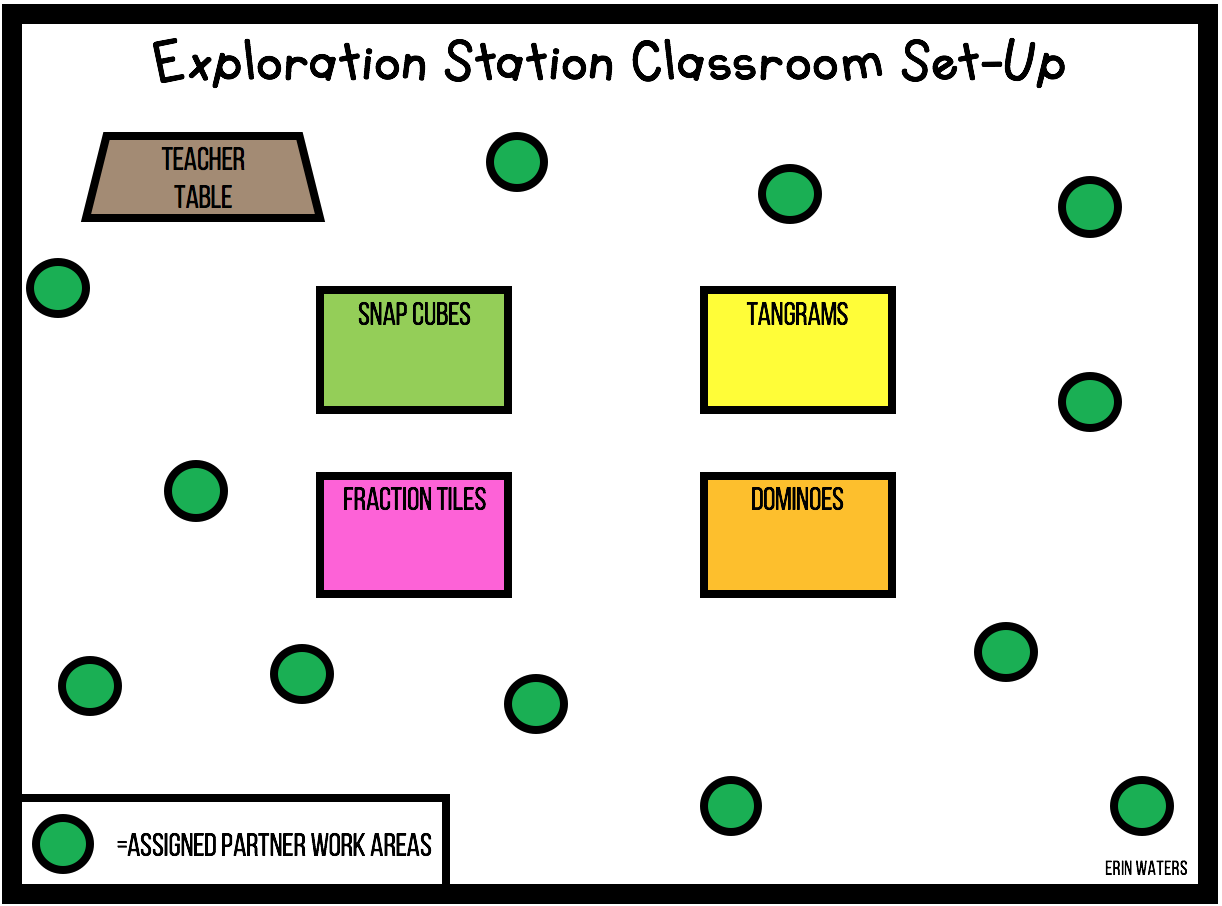


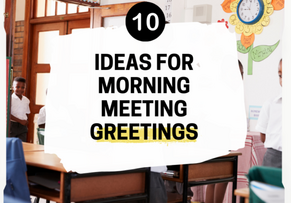
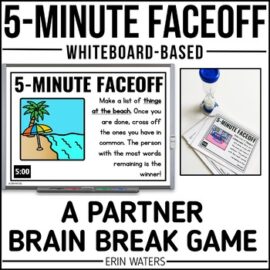

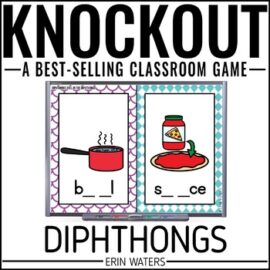
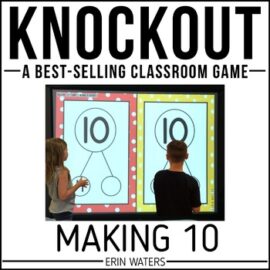
 Arm you with high-quality tools: Sleep peacefully at night knowing you’re doing what’s best for your students.
Arm you with high-quality tools: Sleep peacefully at night knowing you’re doing what’s best for your students. Save your energy: Provide resources that cost you little energy (that stuff is precious)---but have high impact on your students.
Save your energy: Provide resources that cost you little energy (that stuff is precious)---but have high impact on your students. Light your spark: Putting fun back into your classroom after the hardest teaching years can be just what you and your students need.
Light your spark: Putting fun back into your classroom after the hardest teaching years can be just what you and your students need.
Leave a Comment